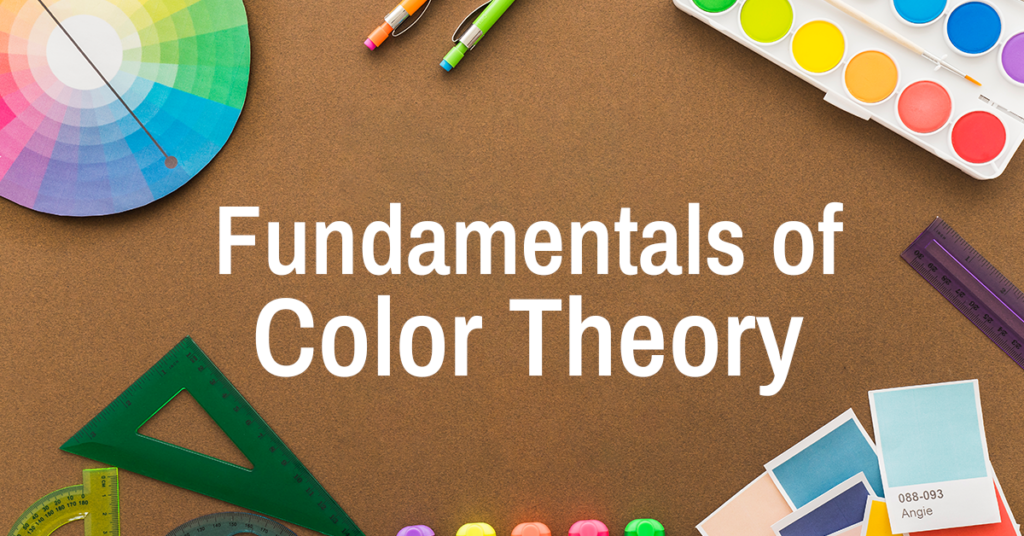
Color theory is both the science and art of using color. It explains how humans perceive color; and the visual effects of how colors mix, match or contrast with each other. Color theory also involves the messages colors communicate; and the methods used to replicate color.
In color theory, colors are organized on a color wheel and grouped into 3 categories: primary colors, secondary colors and tertiary colors. Understanding the fundamentals of color theory lays the foundation for creating visually harmonious and impactful artworks. Let’s embark on a journey through the vibrant spectrum of color theory.

1. Primary Colors:
At its core, color is derived from light. The primary colors—red, blue, and yellow—form the basis for all other colors. Mixing these primaries produces secondary colors: orange, green, and purple.
2. Color Wheel:
The color wheel is a visual representation of the color spectrum. It helps artists understand the relationships between colors. Primary colors are spaced evenly, with secondary colors placed between them.
3. Color Harmony:
Creating a harmonious palette involves understanding color relationships. Key harmonies include:
Complementary Colors: Colors opposite each other on the wheel (e.g., red and green).
Analogous Colors: Colors adjacent to each other (e.g., blue, blue-green, and green).
Triadic Colors: Colors evenly spaced around the wheel (e.g., red, blue, and yellow).
4. Warm and Cool Colors:
Colors are often categorized as warm (reds, oranges, yellows) or cool (blues, greens, purples). Warm colors evoke energy and vibrancy, while cool colors suggest calmness and tranquility.
5. Tints, Shades, and Tones:

Manipulating the intensity of a color adds depth to artworks. A tint is a color mixed with white, a shade with black, and a tone with gray.
6. Color Psychology:
Colors have psychological effects on viewers. Red symbolizes passion and energy, blue conveys calmness, and yellow exudes positivity. Artists can leverage these associations to evoke specific emotions.
7. Color in Composition:
Understanding color’s role in composition is vital. Focal points can be emphasized using contrasting colors, while analogous colors create a sense of unity.
8. Color Mixing:
Mastery of color mixing expands an artist’s palette. Acquiring knowledge of color relationships helps predict outcomes when mixing different hues.
Color theory is important as it empowers artists to communicate more effectively through their work. It transforms the canvas into a playground of emotions and narratives, where every hue tells a story. So, whether you’re a seasoned artist or just starting your creative journey, dive into the world of color theory and paint your imagination with the richness it deserves.
